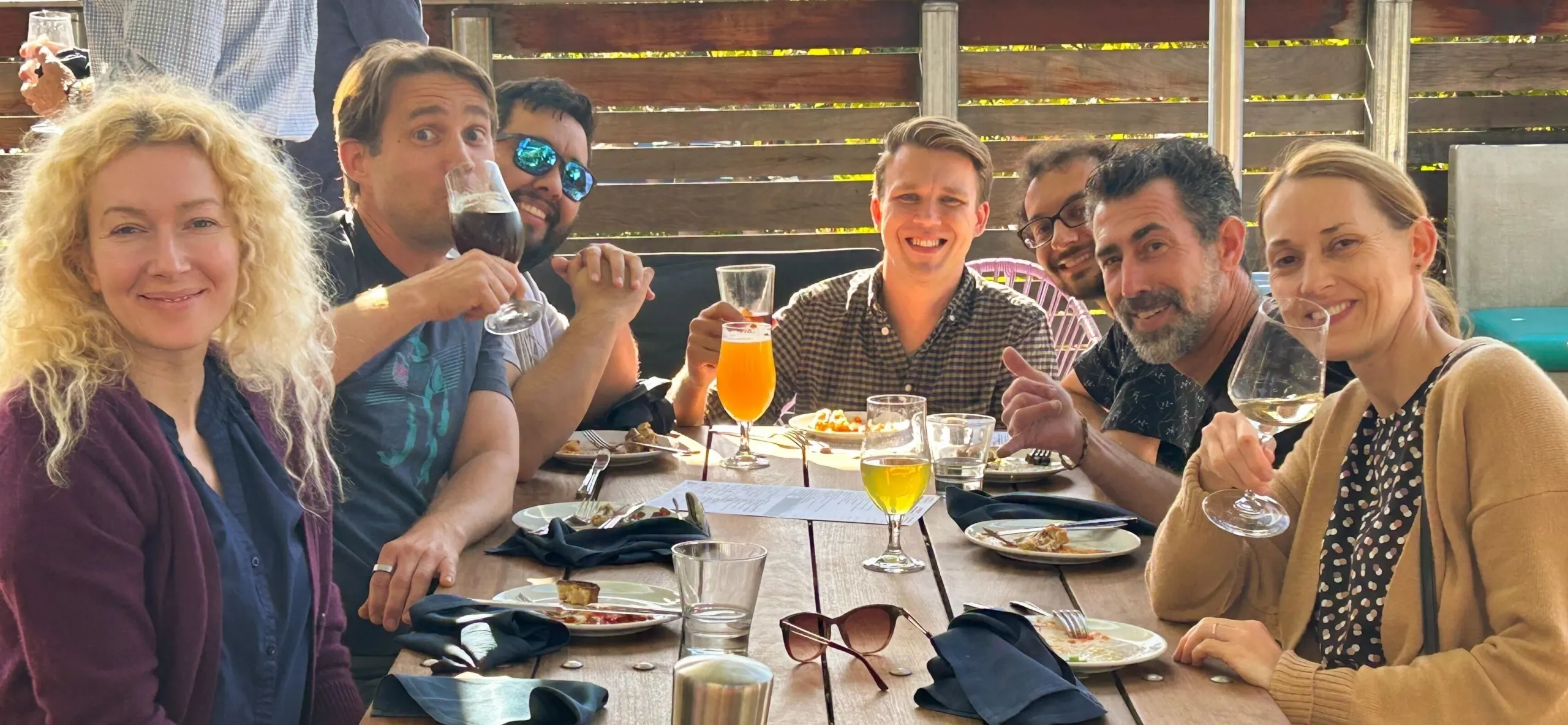Harnessing the momentum in RNA innovation

Sanford Labs is dedicated to designing and delivering the next-generation RNA therapeutics.
In a recent New York Times essay, Nobel laureate Tom Cech argued that RNA—a long- misunderstood and underappreciated molecule—will define the current scientific generation and play an outsized role in furthering our understanding of human life.
Indeed since 2000, Cech notes, RNA-related breakthroughs have led to 11 Nobel Prizes and a quadrupling of the number of scientific journal articles and patents generated annually. Messenger RNA (mRNA) has cemented its central role in decoding the information stored in the DNA and translating this information into protein, the workhorse that carries out the many chemical reactions that make cells, tissues and organs function. The potential of mRNA as a novel therapeutic exploded onto the clinical scene with the demonstration that highly effective mRNA-based vaccines for COVID-19 prevention could be produced faster, better and cheaper than traditional vaccines based on a protein or DNA backbones.
Aided by recent advances in nucleotide chemistry, genomics, proteomics and machine learning, medicines based on various forms of RNA are becoming increasingly common. For example, therapies utilizing antisense RNA and small interfering RNA are helping to treat severe genetic disorders such as spinal muscular atrophy and hereditary transthyretin amyloidosis, respectively. More than 25 RNA therapies and vaccines have been approved to date and hundreds more are in the development pipeline. Sanford Labs is on a mission to harness this momentum in RNA innovation while pioneering a new model of translational research that will accelerate the pace of bringing novel therapies to the clinic.
Having just celebrated our first anniversary of opening our laboratory doors, we are emboldened by the quick progress we’ve made including recruitment of an exceptional team, building out state-of-the-art lab facilities alongside capital-efficient operations, and most importantly, launching research programs laser-focused on developing novel candidate RNA-based therapeutics.
“Now is an incredibly exciting time to work on RNA therapeutics,” says Dr. Gene Yeo, Sanford Labs’ Chief Scientist and a Professor of Cellular and Molecular Medicine at UC San Diego. “By combining the wealth of genetic and genomic data available with proven effective and safe therapeutic approaches, we aim to quickly find RNA-targeting drugs for many important diseases.”
Rather than pursuing research programs as exploratory, curiosity-driven endeavors, our efforts are designed with the end goal in mind, allowing us to define outcomes-based milestones with clear go/no-go decision points along the way. For example, one of our research programs is developing oligonucleotide-based approaches to increase protein expression levels to treat haploinsufficiency disorders, in which the loss of a single copy of a gene produces the disease. Taking a complementary approach, another program is focused on identifying small molecules that can be used to degrade or otherwise inhibit specific RNA molecules to treat diseases where too much of a particular protein or a pathogenic version of a protein causes the disease.
Part of the impetus for launching Sanford Labs was to forge new connections and partnerships across the dynamic life sciences ecosystem in San Diego and beyond. To that end, we are proud to have collaborations already underway with UC San Diego and Sanford Burnham Prebys Medical Discovery Institute (SBP) in San Diego. Through a partnership with the Sullivan Center for Entrepreneurship and Innovation at the Rady School of Management of UCSD, Sanford Labs scientists worked closely with a group of eight Venture Fellows to perform an in-depth market analysis for treatments of haploinsufficiency disorders, including a competitive landscape review and target product profile. Feedback from colleagues at SBP’s Conrad Prebys Center for Chemical Genomics has been valuable as we embark on a variety of small molecule discovery efforts, especially as some of these are targeting particularly challenging proteins. And scientists at South Dakota-based Sanford Health have provided expert insights how to tackle rare children’s diseases with unmet medical need.
In just one year, we’ve transformed from a humble team of one to a vibrant community of twenty-five passionate individuals, all dedicated to designing and delivering the next-generation RNA therapeutics. Together, we’ve embarked on a mission to drive innovation, foster collaboration, and ultimately, make a meaningful impact on the future of medicine. The unwavering dedication and collaborative spirit of every member of the Sanford Labs is the driving force behind our success. In the next year, we look forward to advancing our research programs with the passion and hard work of our incredible team members and by partnering with like-minded organizations throughout the biopharma community.

